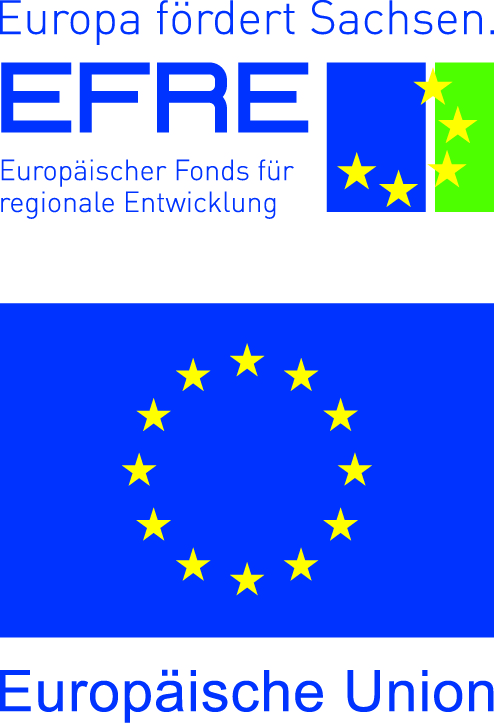Sub-projects: Development, Optimization and Characterization of Metal/CNT Composites


In practice, the purpose of heating or cooling is to maximize area-related heat flows or to maintain limit temperatures specified by material properties. Very often the degrees of freedom temperature difference and heat transfer surface are not available or only available to a limited extent, so that heat transport can only be influenced by optimizing the transport coefficients (heat conduction, heat transfer and radiation). The development of heat exchanger structures for the targeted optimization of these transport coefficients is the main objective of the HeatCNT project. The project partners Fraunhofer IFAM Dresden and IFW Dresden have developed an innovative composite material consisting of carbon nanotubes (CNT) in a copper matrix. Through a specific etching step of the copper matrix, the CNTs surfaces are partially exposed, which significantly improves the heat transfer properties.
For applications in thermal engineering, this approach exceptionally combines the very good thermal conduction properties of the copper/CNT composite material with optimum radiation and convective heat transfer properties to surrounding fluids or surfaces. This ensures that minimal thermal transfer resistances occur for heat transport, allowing the development of innovative high-performance heat exchangers for special operating conditions.
In the project, material properties such as dimensions and orientation of the CNTs, their volume content in the composite material and possible doping are analyzed and systematically improved. Furthermore, thermotechnical properties are examined and the effects of CNTs on different heat transport mechanisms (heat conduction, convection, radiation and evaporation) are analyzed and evaluated. The final part of the project will be a functional model to demonstrate the potential of the material system.
 Fraunhofer Institute for Manufacturing Technology and Advanced Materials IFAM
Fraunhofer Institute for Manufacturing Technology and Advanced Materials IFAM
